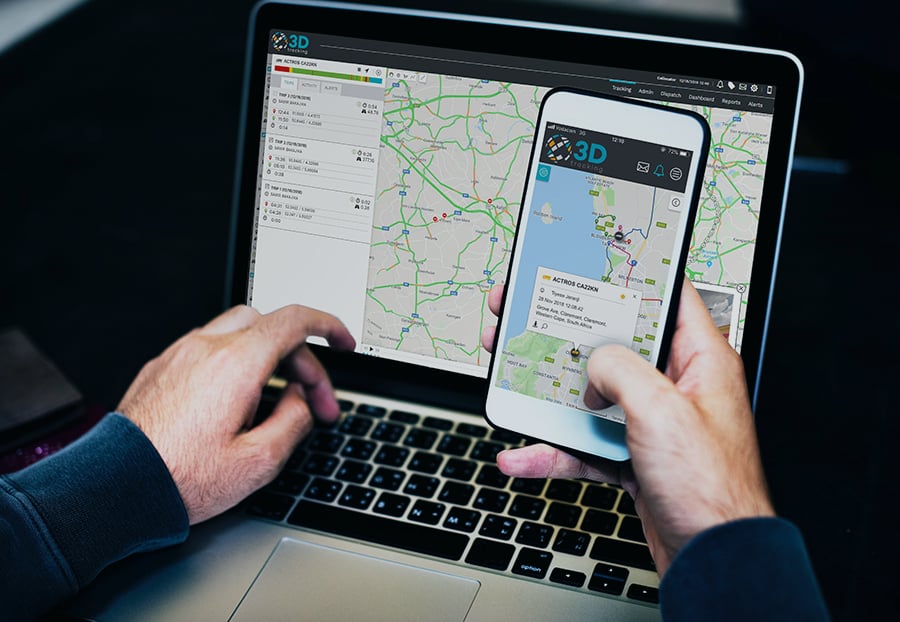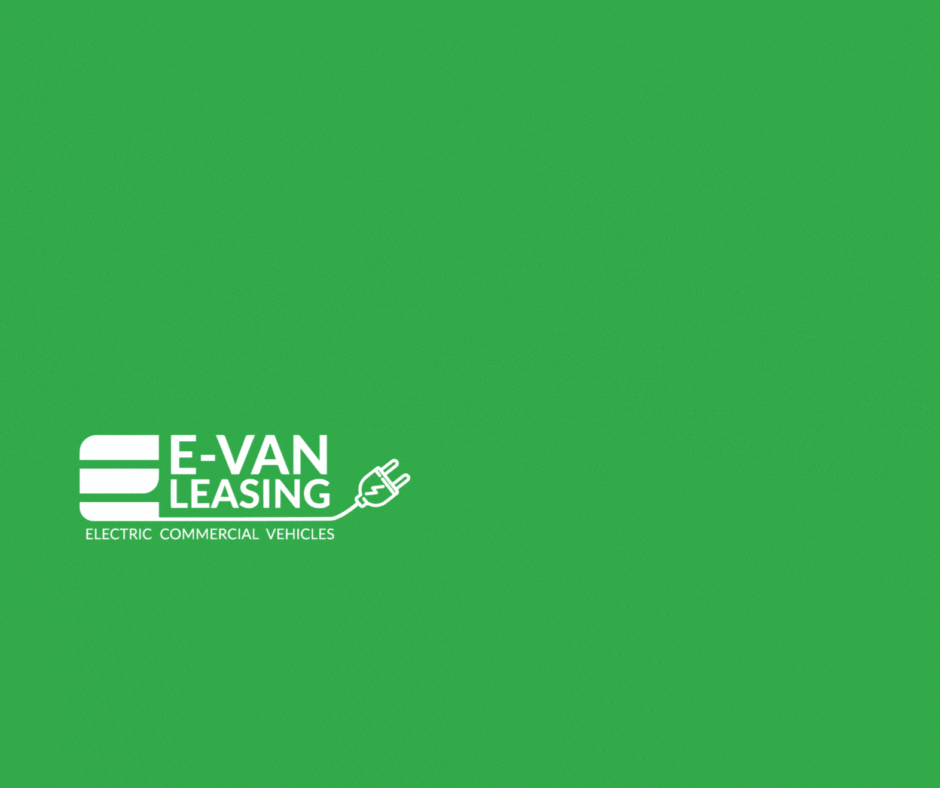
Fleet management services in the U.K have undergone significant changes over the past number of years and service providers are increasingly turning to telematics and IoT to expand services and reduce operational costs for customers. While cost savings are realized through better driver performance, fuel efficiency and vehicle safety, business benefits are derived through more value provided to customers with advanced service offerings.
To get the best returns from telematics and IoT investments, service providers need to focus on key aspects of these technologies so they can avoid several pitfalls during implementations and operations. Technology integration, for instance, is one of the typical challenges faced by telematics solution providers across the U.K. The problem arises due to the lack of compatibility between devices and the service management software platform. With IoT set to revolutionize telematics with more and more Internet-enabled devices being added, this challenge will grow multifold.

Noam Cimand, Managing Director of 3Dtracking
Need for device-agnostic platform:
Noam Cimand, Managing Director of 3Dtracking, a Guernsey-based telematics service platform provider, describes the scenario: “Millions of sensors and IoT devices that are enabling new services are being added to telematics ecosystems. Each device vendor provides its own application and each device type has its unique protocols, all of which needs to be integrated into a service provider’s platform and service operation.”
He explains, “The challenge faced by most service providers is that they are using service management software that was designed with only basic capabilities and cannot integrate many of the new types of devices and applications that enable new services. For a service provider in this situation, its service management software is a burden on its business.”
It, therefore, makes sense that a service provider should manage its services and operations on a device-agnostic service platform that can support all types of devices and applications. In this situation, the service platform is a business enabler, rather than deterrent.
With this understanding, 3Dtracking has designed its service management software as device-agnostic to allow fleet management and other telematics service providers to integrate a wide variety of devices and applications into their service operations and deliver innovative offerings to their customers.
Technology, a business enabler:
3Dtracking’s white-labelled solution makes it easier for service providers to design unique offerings and sell them as their own. Cimand adds, “The main advantage of our white label offering is that a service provider can brand and promote the platform as part of its service offering and solution. By offering the solution with its company’s name, logo and URL on it, we are assisting the service provider in embedding and enhancing its brand as well as enhancing the retention of its client base.”
The flexible, software platform-as-a-service model also addresses the cost concerns associated with traditional software implementation. Cimand says 3Dtracking provides all the benefits of SaaS models, including pay-as-you-grow pricing options.
At present, 3Dtracking has presence in six continents, 70 countries worldwide and supports unlimited languages. The company works with device manufacturers and accessory vendors that provide different types of location tracking devices and various types of IoT-enabled devices.
Attractive business opportunities:
The growth of IoT, propelled by the advancements in telecommunications technologies, has brought significant opportunities in the field of fleet management in the U.K.
According to Cimand, IoT is presenting great opportunities for fleet management providers to offer new and advanced services. Logistics management and asset tracking, for example, are new telematics services enabled by IoT technologies and are set to transform rapidly due to the advancement of additional wireless technologies.
“Innovations in IoT and telecommunications technologies, especially 5G, will add further momentum for additional fleet management and telematics services. GPS tracking, for example, can now incorporate video. Other technologies, like autonomous vehicles, which will also bring a new wave of opportunities for service providers as most governments are keen to leverage modern technologies to ensure passenger safety and fuel efficiency,” he adds.
To turn these opportunities into business outcomes, service providers need to explore cutting-edge technologies that help them innovate and launch new services. “These new services will not only help a service provider to generate new revenue streams and better serve its customers, but will also help them differentiate their service offering. This is essential in a competitive market like the UK,” Cimand says.
Grow your business:
To help service providers grow their business, 3Dtracking offers a modern framework to efficiently manage their service operations, Cimand says. As part of this framework, a service provider can easily add advanced services on top of their basic fleet tracking offering in order to pursue new business opportunities. The rollout of new services means both more value to the customers and new sources of revenue for the provider.
“Our engagements with service providers generally begin in a situation when the service provider is looking to expand its service portfolio, although its existing systems cannot support new services it would like to offer,” Cimand states.
“Driver behaviour monitoring and vehicle diagnostics are generally the initial types of new services that a service provider starts to offer after moving to our software platform. These services help customers to continually improve the efficiency of their fleets, especially their drivers, and optimize operational costs. Many of these types of advanced services involve heavy integration with sensors installed throughout a vehicle as well as the CANBUS systems,” he adds.
Logistics and asset tracking are another set of advanced services that many of their well-established service provider partners are now offering, further adding to their portfolio of solutions for their clients.
Future outlook:
Going forward, it is clear that the volume and complexities of fleet management and telematics services will continue to grow. As communications network capacities expand, video will feature more prominently in many fleet tracking services. Specialized services targeted at specific customer segments and vertical markets will develop rapidly. Considering this scenario, many fleet management service providers are likely to expand their service offerings and evolve into wider telematics service providers. The availability of advanced and value-added services like asset tracking and logistics management will allow these service providers to pursue new business opportunities.
“To position itself for future growth, a service provider must build and maintain an open infrastructure. Easily integrating new types of devices and applications for a range of vendors is essential, as this is one of the foundations for a service provider to quickly add new services and manage a growing business,” concludes Cimand.


















